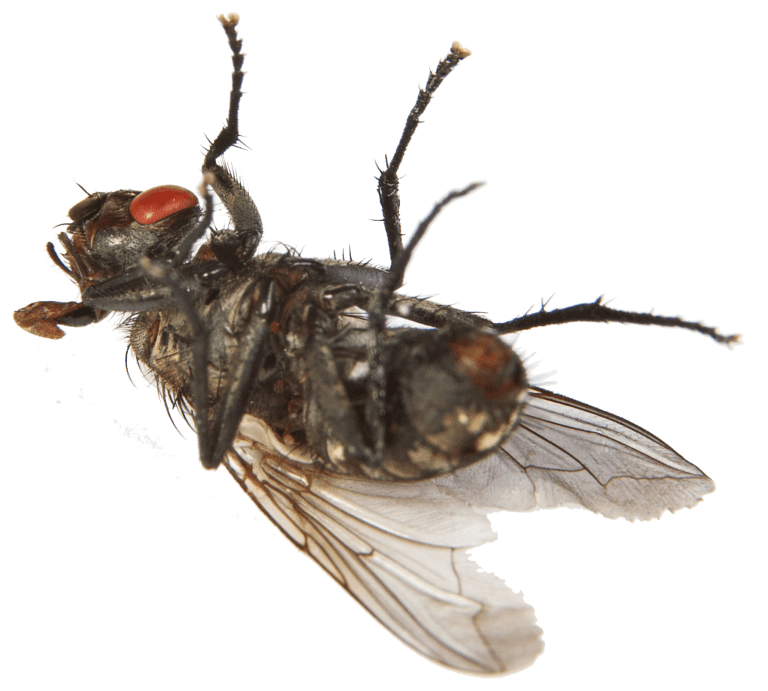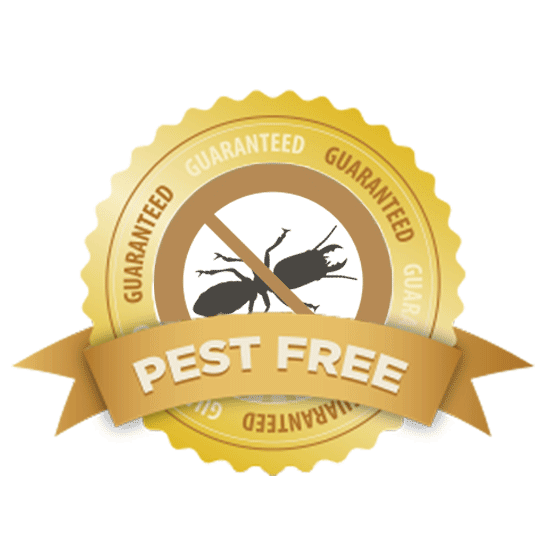Removing a bee hive may seem dangerous and troublesome but the reality is that with a bit of planning and know-how it is simple, relatively safe, and doable. Whether your beehive is located inside your home or in the vicinity of your home being yourself can be done easily. If you or any of your family members are sensitive or allergic to bee stings, then a DIY removal of bee hive is strictly prohibited and not recommended. Before we get into the DIY bee control tips, we need to focus on understanding the basic behavior of bees and their bee hives.
Why Do Bees Return to Old Hives?
Usually, when an old hive is removed, other bees are attracted to the smell of the hive and think that this area would be a good place to set up a new hive. Even if you have successfully removed the hive, and even after the original bees are gone (or are dead from pesticide use), bees from the nearby fields will continue to be attracted to the old hive. Robber bees, as they are popularly known, will be especially attracted to the melting honey of the hive. Therefore, if the honeycomb or the beehive is not removed then bees will continue to swarm the area.
Here are some quick DIY bee control tips to prevent bees from returning to your home year after year and removing scent that may attract bees.
Preventing the Ideal Environment to Build a Hive
Bees thrive on food, water and shelter; although their main source of food is honey, you can always take preventive measures to deny them shelter and water recourses. They search for areas that are conveniently located to fresh and reliable water and will protect the hive.
- Cover holes in the trees, walls, or any other open structure around your home.
- Repair cracks in the walls by caulking leaky pipes.
- Cover chimneys, animal burrows and pools.
- Place screens over openings of attics, drains.
- Clear clutter or debris that bees can use as a shelter – discarded car parts, pots, appliances or cardboard boxes.
- Put 2 tablespoons of vinegar (for every 1 gallon of water) in bird baths.
DIY Bee Control Tips for Bee Proofing
The following steps are essentially performed after the beehive is removed. Bee proofing is a preventive measure to keep new bees from coming back to the old hive area and helps combat their natural instincts.
- Notify neighbours or property owners of your plan so they are informed so pets are kept safe inside, and if anyone is allergic to bee stings.
- Use bee-protective gear.
- Use caution and a non-slip mat when attempting to clear a beehive on a higher structure/roof.
- Ask for help to help support your ladder.
- Once the beehive is successfully removed, clean the area with scraping tools and supplies to remove any smell of the old beehive. Vinegar is also a natural deodorizer.
- Suppress the smell further by sealing the area with a primer and paint.
- For removing small beehives use incense sticks. They are a harmless alternative to using lethal pesticides that would otherwise kill the bees. Purchase large incense sticks (size of baseball bats, almost) and light them up before you step into the bee zone. If the small or tiny beehive is inside your home, then make sure you close doors and windows to take maximum advantage of the smoke. The bees will start consuming their honey and can migrate within the day! Here’s an informative blog related to the same.
- After removing of medium sized beehives, it is essential to cover the area with a galvanized mesh. This is to prevent rodents from penetrating into the space (which new bees can use as an entry way to rebuild the hive).
- Instead of bee proofing a large area from where the old beehive was removed, it is more practical to leave that area as a dead space.
Even though spraying the hive with pesticide or using incense sticks can be easy to remove the bees, removing the beehive itself and sealing the area off can be a tough task indeed. Unremoved beehives or unsealed area where the old beehive was situated can be a nuisance because new bees, insects, ants and other pests are also attracted to beehives that have honey melting in them.
If you are allergic or sensitive to bee stings then you can always call in the pest control professionals to remove the bees for you. It is always helpful to have a beekeeper or a bee professional to assist you in your DIY bee control projects.






